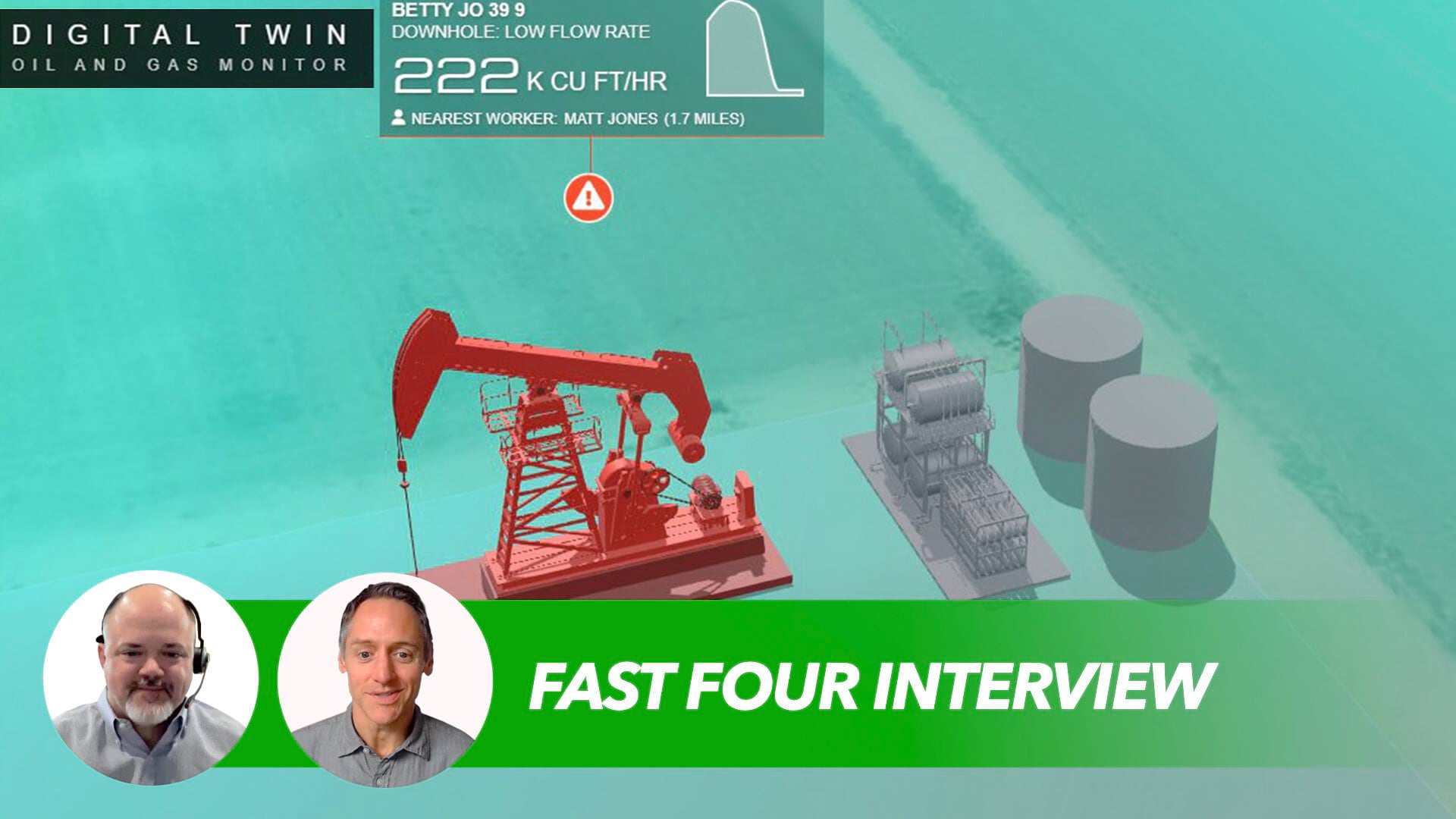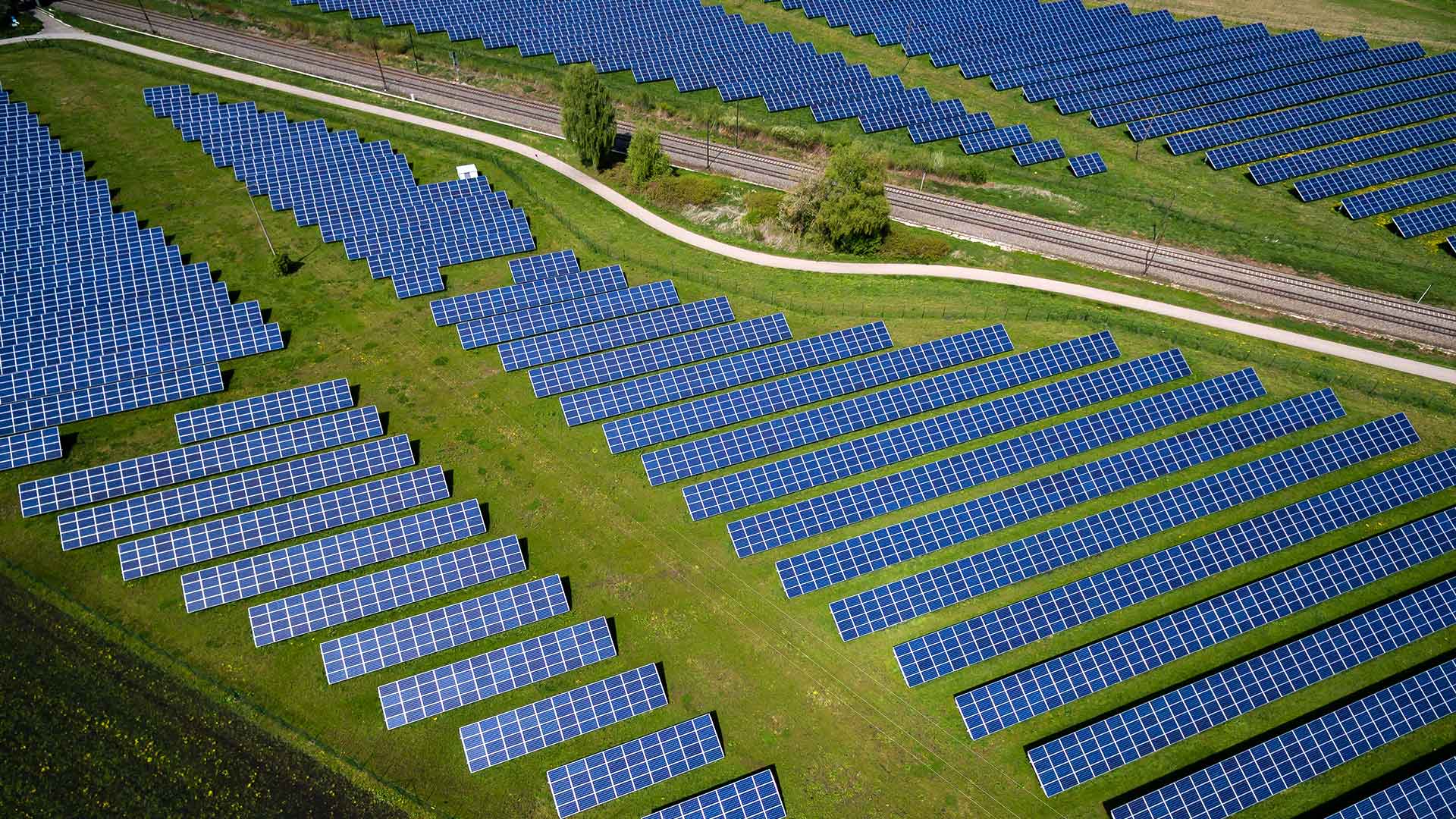In an industry that manages millions of acres of land worldwide, land-use decisions that were once binary are now complex. Yesterday’s choice of where to drill has given way to today’s menu of possibilities—including how to make the best use of each piece of land, and whether to drill at all. For companies managing a national or global real estate portfolio, these decisions aren’t possible without digital recordkeeping and powerful analytics.
As oil and gas companies strengthen their land management practices, they’re also focusing more strategically on worker safety and operational efficiency. Together, these new aspects of an age-old industry have driven a digital revolution in energy.
In this Fast Four video interview, Esri’s Brian Boulmay talks to WhereNext editor Chris Chiappinelli about the energy sector’s coming-of-age and where the business trend of location intelligence fits into this increasingly sophisticated, increasingly nuanced industry.
Watch the video here or read the transcript below. To learn more about advanced technology in the oil and gas business, go to esri.com/energy. To view all WhereNext Fast Four installments, visit the series library.
Chris Chiappinelli: We are back with the WhereNext Fast Four, talking today about the oil and gas business: where the industry has been, what it’s focused on today, and where it’s headed. As always on the Fast Four, we’re going to do that through the lens of location intelligence, the business trend that is driven by GIS technology.
We’re lucky to have Brian Boulmay with us here today, with his years of experience in the energy business, to help us understand what’s happening. Brian, maybe you can start us off by telling us what the first challenge was that oil and gas companies were facing when they used location intelligence.
Brian Boulmay: Location intelligence really came into oil and gas through the exploration division of the company. This is where we go out, we’re looking for resources to develop. These are often in remote areas with limited information and limited access. And we’re pulling data from many different systems, many different formats, and location is really the ultimate integrator to pull that all together to allow better-informed decisions and kind of rank what those exploration opportunities are.
Chiappinelli: Got it. So it was a focus on finding the resources, using them efficiently. If we fast-forward to today, what kind of challenges are energy companies thinking about? Maybe you can give us a couple of examples.
Boulmay: Leading on from exploration, land management was probably the next big part of the business to use GIS. As you start to find the assets you want to develop, you then need to manage your access, your leases, your licenses; make sure you’re paying your royalties, understanding where these properties are so you can get out there and build out and develop those resources. So it’s kind of managing a land portfolio.
And maybe as a second example, building on that, companies are now looking at this at a much larger scale across the entire country or even around the world to figure out the best use for these land assets. Maybe it’s not oil and gas anymore. Maybe it’s wind energy, maybe it’s solar, maybe it’s carbon credits. Figuring out: What am I using my properties for? What do I own, and what’s best for the company in terms of value of those assets? GIS allows you to look at a local scale to global scale and all the variables that impact those types of decisions.
Chiappinelli: OK. So, managing a lot of the daily operations of the business, but also thinking about strategy, too. And what comes next? What’s cutting edge right now for energy companies?
Boulmay: Building on that even further, once you’re on that land and you’ve built out your assets, now you’re operating those assets. You’re sending people out in the field every day [with] dangerous conditions, severe weather conditions. So we’re really watching these things in real time. We’re tracking our people. We’re tracking weather systems. We’re tracking the assets’ performance. And when you bring those all together, you’re now making almost a digital twin of the operations or what we call intelligent operations. I can make decisions in real time based on real conditions to make sure I’m keeping my people safe, to make sure I’m running as efficient as I can, and to make sure I’m fully informed on decisions.
And that real-time data is actually feeding a historical knowledge base, right? As we collect this data, we use that data to further understand our business; further analyze; and then start to predict what could be happening so we’re even better at assigning resources in the future, in terms of getting work done and doing it in a safe and compliant manner. We have companies coming to us all the time that are wanting to improve that efficiency in the business with that focus on safety.
Chiappinelli: Interesting. Maybe just one quick example of what they might be predicting.
Boulmay: It could be pressure related to heat related to pump failure. Or it could be weather systems coming through and we’ve got lightning, and I don’t want a person in harm’s way. So it could be real time, or it could be historical analytics.
Chiappinelli: Interesting. Another kind of split view there of making sure daily operations are running smoothly, but then also planning long term. Great insight. Thank you for being with us, Brian.
Boulmay: Cheers. Happy to be here.
Chiappinelli: That was the Fast Four version of a fairly complex industry. If you want to dive a little bit deeper, check out the link on the screen or in the article.
The Esri Brief
Trending insights from WhereNext and other leading publicationsTrending articles

December 5, 2024 |

July 25, 2023 |

November 12, 2018 |

February 1, 2022 |

July 29, 2025 |

July 14, 2025 |





